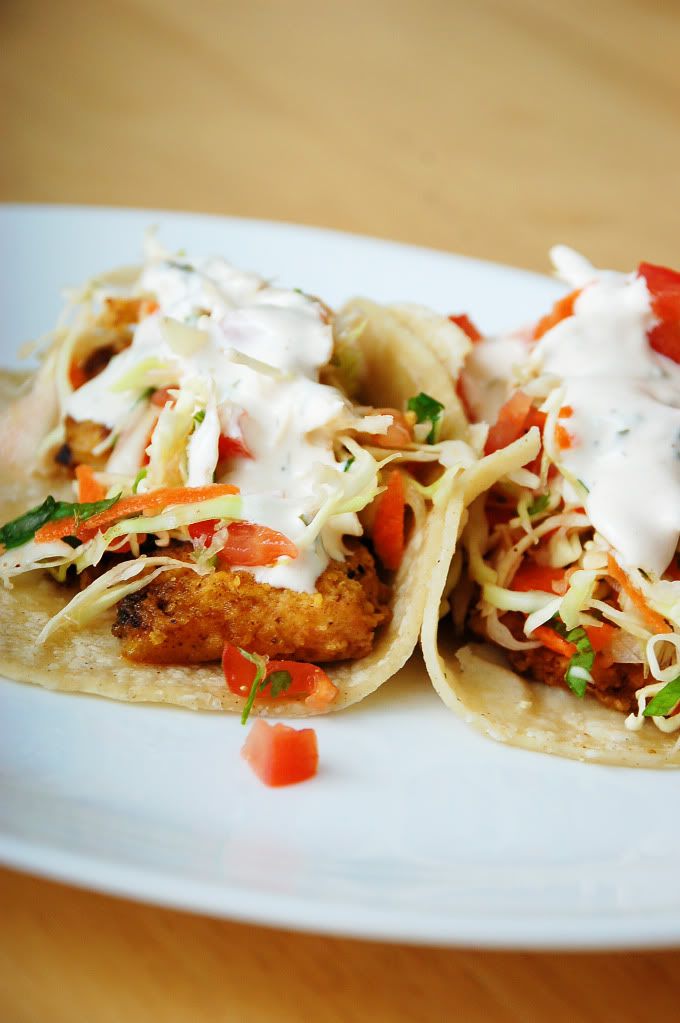The first thanksgiving as a married couple that we spent without my family, my sister-in-law, Ana, and I set out to prepare our very first turkey. Now, my husband had not always been a fan of turkey and would have preferred a flavorful ham instead, but after he tried the results of our experiments, he has begged that I make this classic turkey every year. Let's just say the leftovers disappear much too quickly. So here I will share with you the tricks to preparing a deliciously juicy turkey. (The times and proportions are for a 12-18 lb turkey).
Trick #1: Brine your turkey!
The time and little effort that it takes to brine your turkey (soak it in a salt solution) will make a huge difference. If you are buying a frozen turkey, you'll need to plan for enough time to thaw it before brining. (A frozen turkey takes about 5 hours per pound to thaw in the refrigerator). After the turkey is thawed (or if you have purchased it fresh), remove the giblets and neck (found inside the chest cavity of the turkey). Prepare a solution of 1 cup salt to every gallon of water. (Yes, it's a concentrated solution, but you will rinse the excess salt off at the end). If your turkey has been infused with a solution, reduce the salt content and soak it.) Pour out the brining solution and rinse the turkey in the sink. (I've placed a rack in the sink and rinsed it on there). After the turkey has been rinsed, you must dry it. You can either place it on a rack in the refrigerator with a sheet pan beneath it (for 8 hours or overnight). Or, if you're pressed for time like I have been, I use a blowdryer on the cool setting (no heat) and blow it over the skin until it's dry.
Trick #2: Prepare to roast
This next step helps add delicious herbed butter flavors into the meat. You will need approximately:
2 medium onions
2 ribs of celery
3-4 tablespoons of melted better
2 tablespoons thyme (or 2 sprigs fresh thyme)
1 or 2 limes
15-30 whole cloves
Preheat oven to 400°F. Chop onions and celery. Cover onions and celery in 1/2 of the melted butter. Mix in half of the thyme. Place mixture inside the cavity of the turkey making sure to rub the butter and herbs all over the inside cavity. With a steak knife, cut small openings into the skin of the lime. Place a clove in each opening (all over the lime). Place the clove-infused lime(s) into the middle of the chest cavity.
Now, make sure to either tie up the loose ends and wings with twine tying a knot at the head of the turkey to hold everything in place or use the plastic piece that sometimes comes with the turkey (oven safe) to hold everything together.
Place the turkey on a V-Rack breast side up and with the remaining butter and thyme, generously rub over the entire outside of the turkey, making sure not to miss any areas. The butter will help the thyme stick to the skin and will help give the skin a beautiful golden color in the end. Now turn the turkey breast side down and cover the back with butter/thyme as well.
Trick #3: Begin the Roast Upside Down
Normally, turkeys are roasted breast side up to cook them at a slower rate, but by cooking it breast side down, you give the drumsticks and thighs the chance to be cooked at a higher temperature and remove any of the pink flesh. If you were to cook the turkey breast-side up from the beginning at the same high temperatures, it would become very dry.
Roast the turkey breast side down for 1 hour and 15 minutes, pulling it out at the 45 minute mark to baste it with the juices that have fallen into the pan.
Trick #4: Inject juices
At this point, I like to take a marinade injector and inject the juices from the pan back into the turkey, especially in the breast area. This
Baste again and brush on the remaining butter.
Place the turkey back in the oven and roast again for another 30 minutes. After that, begin checking the turkey temperature every 10 minutes to check for doneness. The turkey is done when a thermometer thrust into the breast reads 165°F. The deepest part of the thigh should read between 170°F. to 175°F.
Remove the turkey and let it rest for 20-30 minutes.
To carve the turkey:
Place the turkey breast side up on a cutting board. Cut the skin between the thigh and the body of the turkey. Cut in while using a fork to peel the leg away from the body. Cut through the joint to remove the thigh and the drumstick. Place the leg flat on a cutting board. Separate the thigh from the drumstick by cutting through the joint. Cut the meat off the sides of the thigh bone. Cut the meat off the drumstick. Repeat on the other leg. Remove the wings by pulling them away from the body and and thrusting a knife through the joint to sever. One all the limbs have been removed, cut through the skin along the keel bone. Angle the blade out a little and cut down along the bone to remove the breast. Do the same on the other side. Cut the breast meat against the grain into thin slices.
What to do with leftovers?
Of course there's always turkey sandwiches with the delicious cranberry sauce or a turkey noodle soup, but we like to make these turkey taquitos for a twist on the traditional.











